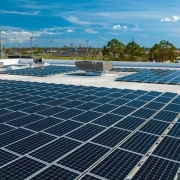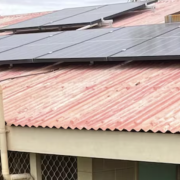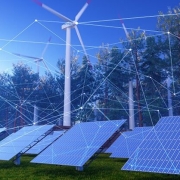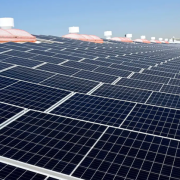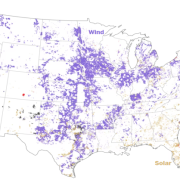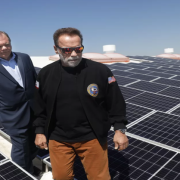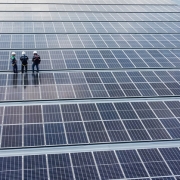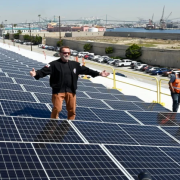Medline Industries is the nation’s largest privately held medical products manufacturer and distributor. The $8 million community solar project was completed on May 26. The solar panels will generate 8.5 million kilowatt-hours of clean power annually, the New York State Energy Research & Development Authority, or NYSERDA, said in a news release.
Community solar projects are intended to provide homeowners and renters access to clean energy without installing rooftop panels on their homes. Residents who subscribe to the Medline community solar system can receive credits on their electricity bill for an estimated 10% in monthly savings, according to Hochul’s announcement.
The project completion supports New York’s goal of installing 6 GW of distributed solar by 2025, and 10 GW by 2030, as outlined in its Climate Leadership and Community Protect Act.
Click here to read the full article
Source: Utility Dive
—
If you have any questions or thoughts about the topic, feel free to contact us here or leave a comment below.

